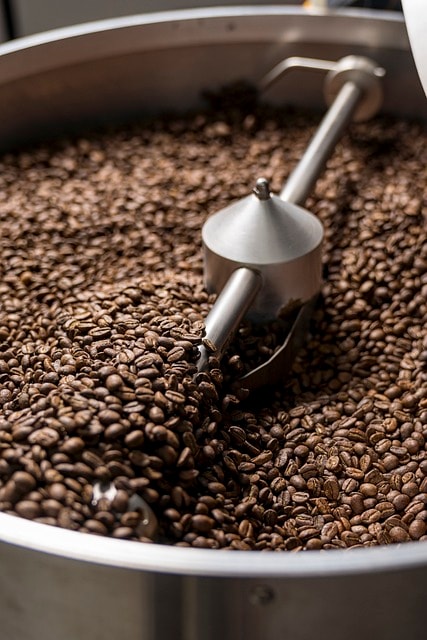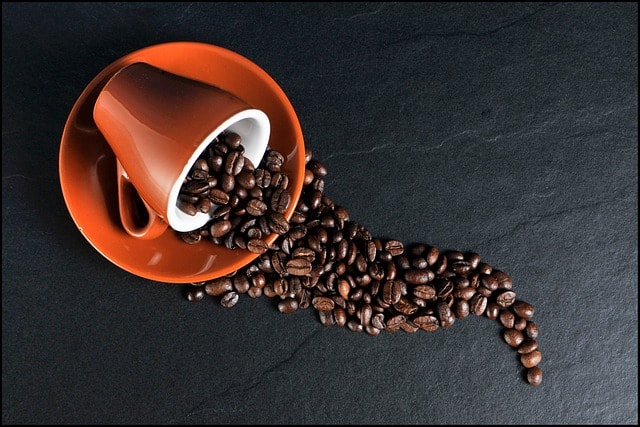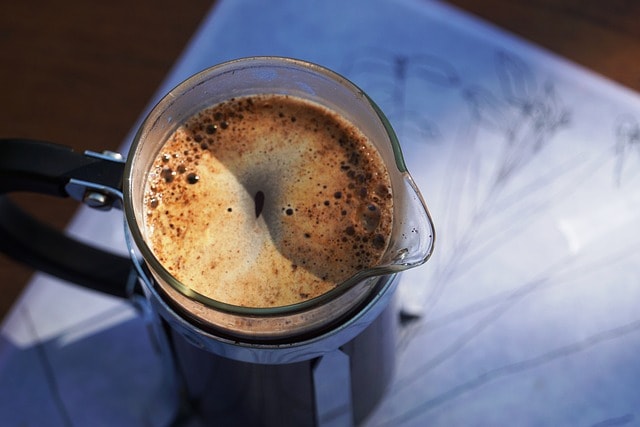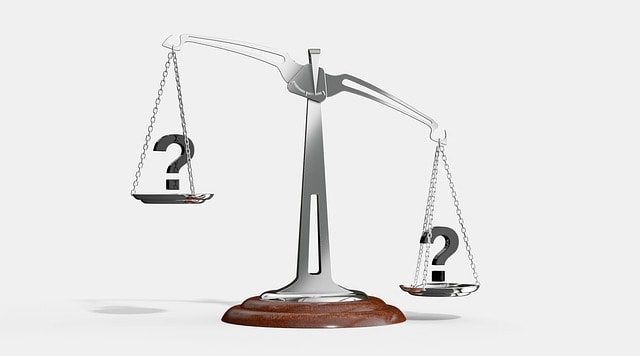Highlights
-
Coffee cupping is a method for evaluating the quality of coffee. Coffee professionals use it to rank coffees from around the world, following a set of standard practices.
-
To cup coffees, all you'll need are a few bowls, one or two spoons, high-quality coffee, and a kitchen scale!
-
When buying good coffee, you'll want to consider its grind size, roast level... and always get single-origin beans!
What is Cupping Coffee?

Coffee cupping is both an art and a science. It's the practice of tasting and evaluating coffee to discern its flavors, aromas, and overall quality. It's historically been practiced by professionals only but has recently grown into a ritual for coffee lovers everywhere.
Cupping dates back to when merchants needed to compare the quality of the beans they were buying. Still, it remains the main way in which quality control specialists compare coffees today.
Why Tasting Coffee is Important
Have you ever heard or read someone talking about "the best South American coffee" or "the best low-acid coffees"? They probably got that title after winning a coffee-cupping competition.
Yup, there are actual competitions, and they're no joke. Take for example the Cup of Excellence competition, where coffee beans from all around the world compete and are given a score after many rigorous tests.
The most important test is the big coffee cupping section. There, a jury made up of many coffee experts decides which coffee gets the highest score after a series of coffee cupping sessions. This is truly an industry-defining practice.
Essential Tools To Cup Coffee
Before cupping coffee for the first time, you'll want to get yourself these implements. Are they strictly necessary? Probably not, but they'll help you get the most out of the experience – and feel like a pro in the process. Here's the list:
-
Cupping bowls — Also called tasting cups, these should have a consistent large shape and hold around a cup of coffee. They allow you to fully taste coffee (and even multiple coffees) while also getting the aroma.
-
Cupping spoon — When cupping coffee, a deep, round spoon (think soup spoon) will allow you to slurp properly, which is essential for capturing the aroma and tasting notes that would otherwise go unnoticed.
-
Coffee grinder — We'd recommend a burr grinder, as they'll yield a more uniform ground coffee, perfect for consistent extraction.
-
Coffee beans — Of course, we'll recommend a specialty coffee... but you can get a small coffee sample of many varieties and try comparing them. Coffee cupping is fun when you can flavor notes and taste specific things you haven't before.
-
Filtered water — Many people forget about this, but water can drastically affect extraction. When cupping coffee, you need to ensure consistent extraction, so filtered water is ideal. Also, make sure to heat water to around 200 degrees (we'll mention why in a minute).
-
A Kitchen Scale — This will come in handy when we're just about to cup!
Recommended Coffee Grounds
We said before that we recommend specialty coffee, but... which one? There are so many of them it's hard to choose. So here are a few things to consider when buying.
Roast Level

This will depend on your preference, but if you want to actually taste the coffee, we'd recommend a light to medium roast. That's because a dark roast might hide some of the more subtle notes in coffee.
Our Colombian coffee boasts a tart and bright nutty flavor notes. It's roasted just slightly so they're not lost. In contrast, our Costa Rican coffee is more darkly roasted. You'll notice lower acidity and more robust, earthy notes throughout.

Single Origin
Cupping coffee is all about comparing flavors. Single-origin coffees highlight the characteristics unique to a specific region, making it ideal for cupping.
Most of our coffees are single-origin, but we'd definitely recommend ordering a sample from a remote region you've never tasted. For instance, you might not be able to point out Burundi on a map (a small African country) but they grow fantastic coffee!
Our Burundi coffee offers a medium-light roast that preserves the notes of peach and lemongrass. Perfect for trying something new!
Grind Size
Grind size is one of the key (and often overlooked) elements when brewing coffee. While the only actually important thing is that you keep the grind size consistent, we'd generally recommend a medium grind for cupping.
Thankfully, you can ask for your preferred grind size when ordering from us! For tasting coffee, we'd recommend a French Press style grind, as it'll strike the perfect balance between full extraction and too much lightness.
Step-by-Step Coffee Cupping Process
Okay! You've got everything you need set up. What now?
Preparation

Get everything on a table. People differ on What amount of coffee you should use, but the Specialty Coffee Association recommends a ratio of 8.25 grams of whole bean coffee per 150ml of water. That's around 0.5 oz per standard cup!
Weigh that amount on your kitchen scale and, if you didn't order pre-ground coffee, grind it to a coarse consistency. Place the coffee grounds on your cupping bowls.
Dry Aroma

Don't put water into the coffee grounds yet! You can compare one coffee to another, but you can also compare how the same coffee grounds smell when they're dry or wet.
Take your time to detect the dry aroma, and take note. They should be the precursors of the flavors you'll taste when you drink it later.
Brewing

The Specialty Coffee Association recommends you heat your filtered water to 200 degrees and gently pour the hot water into each cup, right over the coffee grounds. We're going to let it steep for 4 minutes.
After a few moments, you'll notice the coffee forming a layer on top... don't touch it! You'll see why in a second.
Break The Crust
That layer is called the "crust", and coffee experts love to break the crust. Why? Because it traps all the "wet" aromas, meaning you can wait for the perfect moment to release them.
We're going to do it with our spoon, gently breaking the crust and moving it to one side of the bowl. Now take your time to compare the wet aroma to the one you remember from before.
Tasting

Now we're ready for the best part. Once the coffee cools down slightly, use your spoon to slurp the liquid. This is key when cupping coffees, because it aerates the liquid, spreading it over your palate.
Much of what we think of as "taste" is actually aromas we feel when food is inside our mouth. Seriously. So now slurping doesn't sound so weird, right?
Compare!

Take notes and compare them! When you cup coffee you get a wonderful chance to figure out what you like and what you don't. Note the flavors, acidity, and body... and don't forget about the aftertaste.
You should start to notice patterns among coffees, as brews with certain qualities produce a similar mouthfeel and aftertaste.
Coffee Tasting Basics
So you might be wondering what those words actually mean. We'll help you out.
-
Body: This refers to the mouthfeel of the coffee. Think of words like thin, watery, rich, heavy, etc.
-
Flavor: This is your overall impression of the coffee as well as specific notes you taste. Is it bright, tart, rich, simple, fruity, earthy?
-
Aftertaste: What flavors linger on after you've swallowed the coffee? Is it light, or acidic, how does it feel?
-
Acidity: This isn't about sourness, it's about the brightness or sharpness you feel.
-
Aroma: These are the scents you detect, both when the coffee is dry and wet. Just smell and think about what the coffee reminds you of.
That's it! Now invite some friends for your first cupping experience and get to it!
